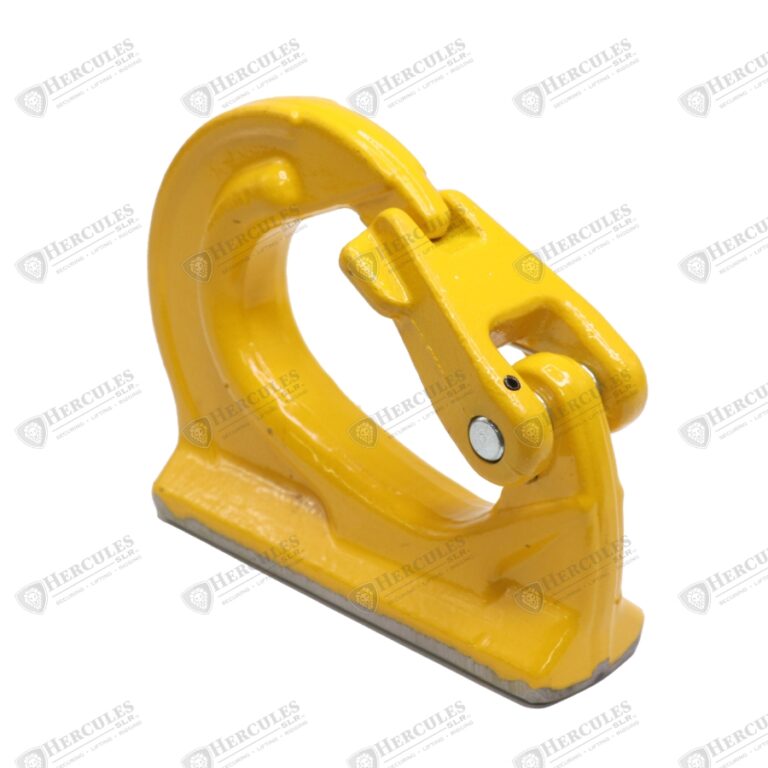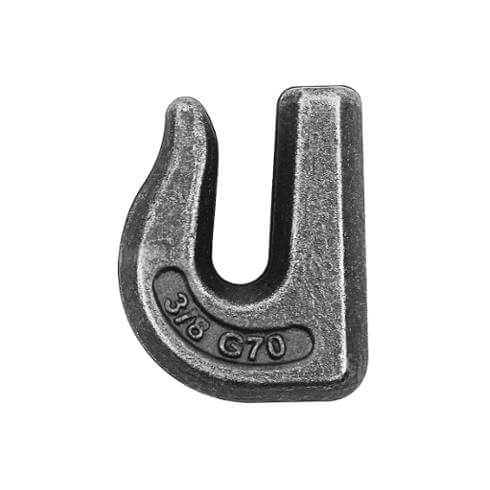The Importance of Weld-On Hooks in Industrial Applications
The Importance of Weld-On Hooks in Industrial Applications
In the world of heavy machinery and industrial equipment, efficiency, reliability, and safety are key. Among the myriad of components that contribute to these aspects, weld-on hooks stand out for their versatility and strength. These hooks, when properly utilized, can significantly enhance the functionality and safety of various lifting and rigging operations. This blog will explore the specifics of weld-on hooks, their applications, benefits, and best practices for their use.
What Are Weld-On Hooks?
Weld-on hooks are robust, load-bearing devices designed to be permanently affixed to machinery, vehicles, or structures through welding. Unlike their bolted or clipped counterparts, weld-on hooks provide a more secure and permanent attachment, making them ideal for heavy-duty applications. They are typically made from high-strength steel and are designed to withstand substantial loads, ensuring durability and reliability in demanding environments.
Types of Weld-On Hooks
There are several types of weld-on hooks, each suited to different applications and load requirements:
- Grab Hooks: These are designed to “grab” and hold onto a chain link, preventing the chain from slipping. They are commonly used in load binding and lifting operations.
- Slip Hooks: Featuring a wider throat than grab hooks, slip hooks allow the chain or rope to move through the hook freely, which is useful in applications where the load needs to be easily released.
- Clevis Hooks: These hooks come with a clevis pin and are designed for easy attachment and detachment, offering flexibility and ease of use in various lifting scenarios.
- Eye Hooks: With a solid loop (or eye) for attachment, these hooks are welded directly to equipment or structures, providing a stable and secure point for lifting or rigging operations.
Applications of Weld-On Hooks
Weld-on hooks are ubiquitous in industries such as construction, transportation, agriculture, and manufacturing. Here are some common applications:
- Construction Equipment: Weld-on hooks are often affixed to construction machinery like excavators, cranes, and bulldozers to assist in lifting heavy materials or components.
- Transportation: In the transportation industry, weld-on hooks are used on trucks and trailers to secure cargo. They are essential for ensuring loads are safely and securely transported over long distances.
- Agriculture: Farm equipment, such as tractors and harvesters, frequently use weld-on hooks to attach various implements and tools, facilitating a wide range of agricultural tasks.
- Manufacturing: In manufacturing plants, weld-on hooks are used on assembly lines and heavy machinery to move products and raw materials efficiently and safely.
 Image Above: Weld-On Chain Grab Hook
Image Above: Weld-On Chain Grab Hook
Benefits of Using Weld-On Hooks
The use of weld-on hooks offers several advantages:
- Enhanced Safety: The permanent nature of weld-on hooks ensures they do not loosen or detach under heavy loads, significantly reducing the risk of accidents and improving overall workplace safety.
- Durability: Made from high-strength steel, weld-on hooks are designed to withstand harsh conditions and heavy use, providing a long-lasting solution for lifting and rigging needs.
- Versatility: Weld-on hooks can be used in a wide range of applications, from lifting heavy equipment to securing cargo. Their design allows for various configurations and uses, making them highly adaptable to different industrial needs.
- Improved Efficiency: With weld-on hooks, operations that involve lifting and moving heavy loads become more efficient. Their secure attachment allows for quick and reliable load handling, reducing downtime and increasing productivity.
Best Practices for Using Weld-On Hooks
To maximize the benefits and ensure the safety of weld-on hooks, it is crucial to follow best practices during their installation and use:
- Proper Welding Techniques: The strength and reliability of a weld-on hook are highly dependent on the quality of the weld. It is essential to use appropriate welding techniques and ensure that the hook is securely and properly welded to the surface. Professional welding should be employed to avoid weak joints.
- Regular Inspections: Regular inspection of weld-on hooks is necessary to detect any signs of wear, corrosion, or damage. Any compromised hooks should be repaired or replaced immediately to maintain safety.
- Load Limits: Adhering to the load limits specified by the manufacturer is crucial. Overloading a weld-on hook can lead to failure and potentially dangerous situations. Always ensure that the hook being used is rated for the load it will carry.
- Proper Use: Ensure that the hooks are used for their intended purpose. Misusing hooks can cause damage and create safety hazards. For example, using a grab hook where a slip hook is needed can lead to unintended load movement.
Important Points to Consider
It is not advisable to repair, reshape, or rework a hook using methods such as heating, burning, welding, or bending. The hook should be positioned to support the load in all orientations, with the load applied within the hook’s plane. Ensure that the hook does not obstruct the proper functioning of other mechanisms. Always appoint a qualified welder who is skilled in following standard procedures.
Training and Awareness: Workers using weld-on hooks should be properly trained in their use and aware of the safety protocols. Understanding how to correctly attach and use these hooks can prevent accidents and ensure smooth operation.
Conclusion Weld-on hooks play a crucial role in various industrial applications, offering unparalleled strength, reliability, and versatility. Their permanent attachment through welding provides a secure and durable solution for lifting, rigging, and securing loads. By following best practices in their installation and use, industries can harness the full potential of weld-on hooks, enhancing safety and efficiency in their operations. As industries continue to evolve, the importance of reliable components like weld-on hooks will only grow, underscoring their value in the realm of heavy machinery and industrial equipment.
Shop weld-on hooks online at Hercules!
——————————————————————————————————————————————
The Hercules Group of Companies encompasses a wide portfolio of products and services across 7 diverse companies.


